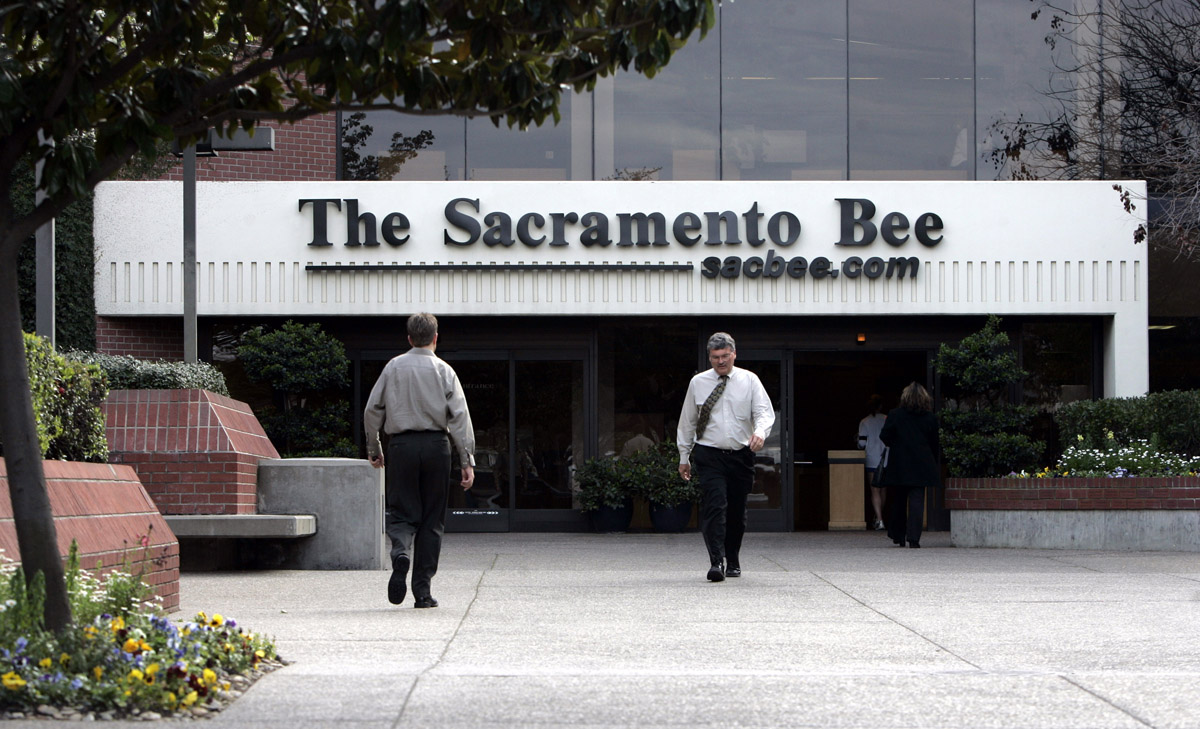With Gannett-Tronc hostilities at a standstill, it has been a quiet month for news company finances. With one exception:
Shares of McClatchy, the newspaper company, are up more than 45 percent to $17.65 in the last 30 days.
What gives?
Some of the first to notice the stock’s movement asked me whether McClatchy might have become a takeover target, with buyers anticipating a premium bid coming soon.
Stranger things could happen. But last I checked, the McClatchy family, with a controlling class of stock and several seats on the board, had no intention of selling. They have hung in for years now as the otherwise profitable company struggled to pay down the huge debt it assumed acquiring Knight Ridder at a premium price in 2006.
Some on the sidelines proposed a sale or a bankruptcy, but the McClatchy’s never bit.
Two off-the-record comments and an obscure insight I gleaned a few years back pointed in another direction, rather than takeover.
The McClatchy board decided at its annual meeting in May to do a 10-to-1 reverse stock split, a maneuver that consolidates the company’s outstanding shares. That was implemented the first full week of June.
So shares that had been trading around $1.20 were instantly worth $12 (though holders had their number of shares cut by a factor of 10, thus making the maneuver neutral to what a stake was worth).
The 45-plus percent run-up followed. The surprising explanation is that the big jump could have been driven mainly by the reverse split itself.
Here comes the obscure factlet: Quite a few funds and other institutional investors have a policy of not staying in stocks that trade under $5 per share.
Being in the low $1 range, occasionally dipping lower, as McClatchy shares had done, frightens off more.
The reverse split takes that problem away. Investors who would like a newspaper company in their portfolio may now come back in. That can unleash a version of pent-up demand for the shares if there are numerous such investors.
Though revenues continue to sink at McClatchy, all or nearly all of its 29 regional papers operate at a profit. The most recent quarterly report included positives suggesting a turnaround could be in progress.
Debt has been steadily paid off and now sits at about $950 million. The company is executing cost reduction strategies, various revenue initiatives and a doubled-down commitment to digital transformation. (Disclosure: that includes a lot of newsroom training with Poynter).
So if the reverse split was such a good idea, why didn’t McClatchy do it earlier? The move entails some expense but also risk. It could be seen as highlighting financial weakness, the opposite of a more conventional straight stock split, which means a company has done so well its trading price has grown too high.
There is no testing in advance whether investors will love or hate the change — hence the gamble.
Those who acquired McClatchy stock near its peak price of more than $70 a share and kept it have taken a hosing, despite this month’s cheery news.
But if you had bought $10,000 in McClatchy five weeks ago, just before or after the reverse split, your stake would now be worth $14,500.
Who says there is no money to be made in newspapers anymore?







